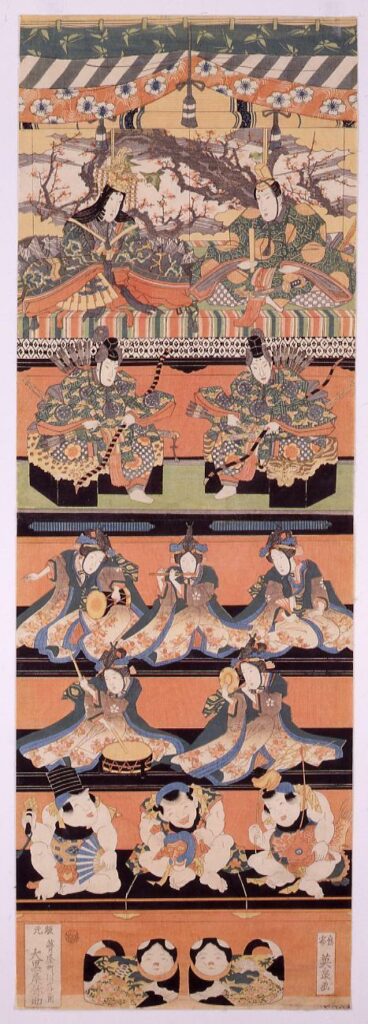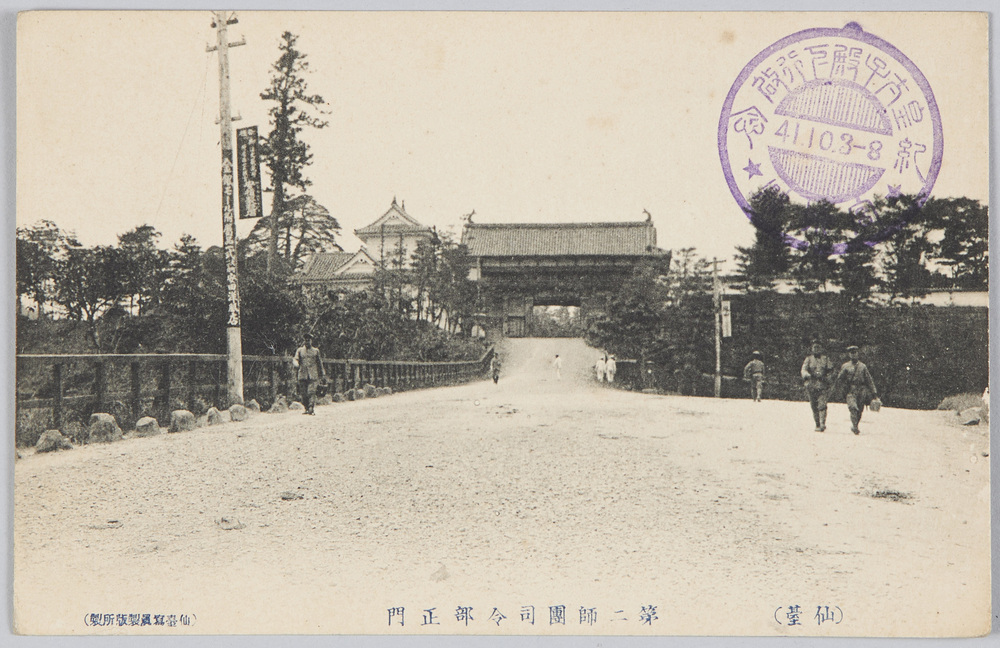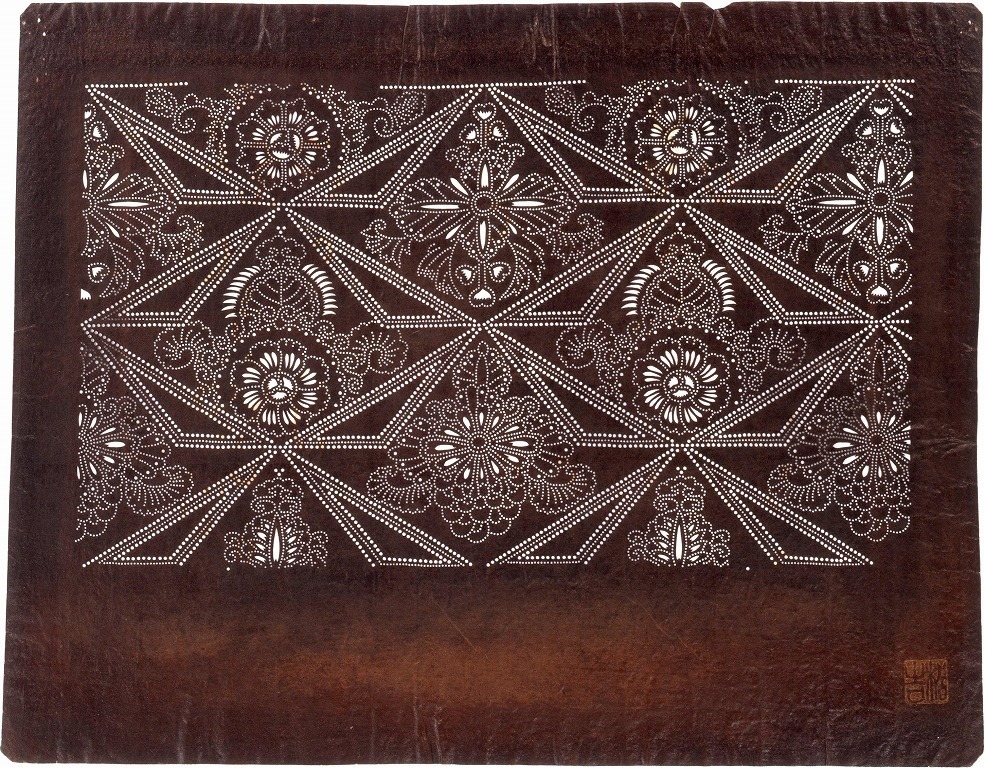
- Collection of
- Edo-Tokyo Museum
- Title
- Hina Dolls on Steps
- Collection ID
- 90200060
- Creator
- Keisai Eisen
- Creation Date
- 19世紀
- Size
- 73.7cm x 24.8cm
- Edo-Tokyo Museum Digital Archives
- https://www.edohakuarchives.jp/detail-4341.html
Other items of Edo-Tokyo Museum (122294)

Receipt (Ordinary Expenses)
Edo-Tokyo Museum

Lamp, Lower Part Only
Edo-Tokyo Museum

Chōfu, Jindaiji, and Komae Area Slide: Bird's-eye View of the Jindaiji Temple
Edo-Tokyo Museum

Document of Contract
Edo-Tokyo Museum

The 53rd Performance, "Ōshio Heihachirō"
Edo-Tokyo Museum

Eiri Jiyū Shimbun, from No. 282 to No. 330
Edo-Tokyo Museum

Compiled by Satō Toyotada, Map of the Wards of Tokyo Part 6, Map of the Shōku of the 6th Daiku
Edo-Tokyo Museum

Receipt of Investment Payment
Edo-Tokyo Museum

(Sendai) The 2nd Division Headquarters Main Gate
Edo-Tokyo Museum

Saiyūshi
Edo-Tokyo Museum

Joint Shimpa Performance in December 1938
Edo-Tokyo Museum

Document of Community
Edo-Tokyo Museum

Kashiwado Kōenkai Keshō Mawashi Gifting Guidelines: Keshō Mawashi Gift Application Form (Kashiwado Kōenkai Keshō Mawashi Gifting Guidelines, and Other Documents)
Edo-Tokyo Museum

Edo-Tokyo Museum

Document of Litigation
Edo-Tokyo Museum

Duralumin Trunk
Edo-Tokyo Museum

